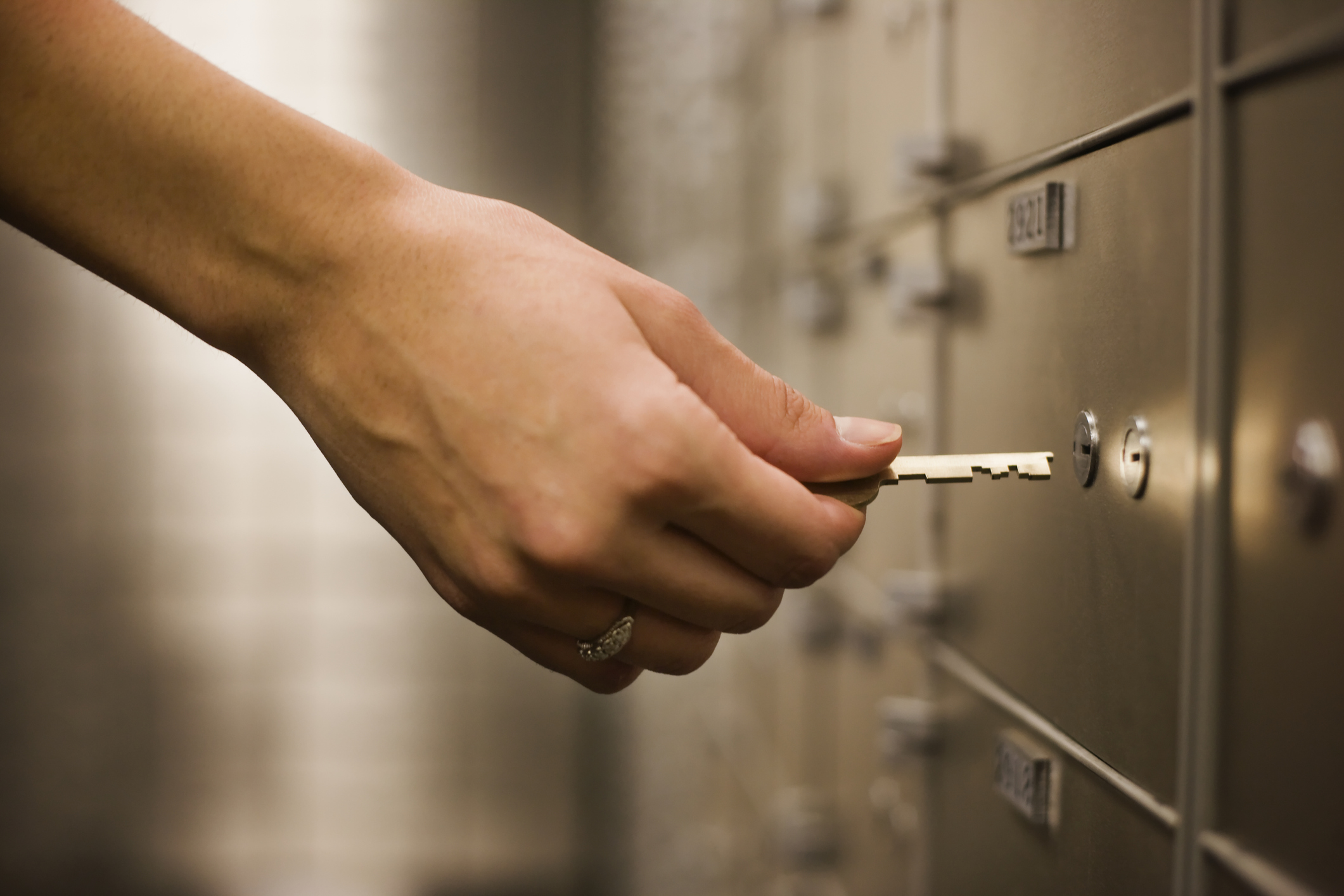
How does Dogecoin work?
Dogecoin operates on blockchain technology, where transactions are recorded on a decentralized public ledger maintained by a network of computers. This allows users to send and receive Dogecoin securely without the need for a central authority. New Dogecoins are created through mining, a process that involves solving complex math equations to validate transactions on the Dogecoin blockchain.
The fastest miner to confirm a transaction receives the mining reward of 10,000 Dogecoins per block. Cryptocurrency mining is the process of using computers to generate new coins and verify transactions on a blockchain network. Miners are then rewarded with cryptocurrency for their work.
Dogecoin relies on the proof-of-work algorithm to verify transactions, where miners compete to solve complex computational puzzles to validate transactions and add new blocks to the blockchain. Mining Dogecoin requires specialized hardware like graphics processing units (GPUs) with high computational power.
Users store their Dogecoin in digital wallets, which are essentially private keys that allow them to access and manage their funds. When a user wants to send Dogecoin, they initiate a transaction by providing the recipient's public address. The transaction is broadcast to the network and verified by miners. The transaction is then added to the blockchain, and the recipient receives the Dogecoin.



















